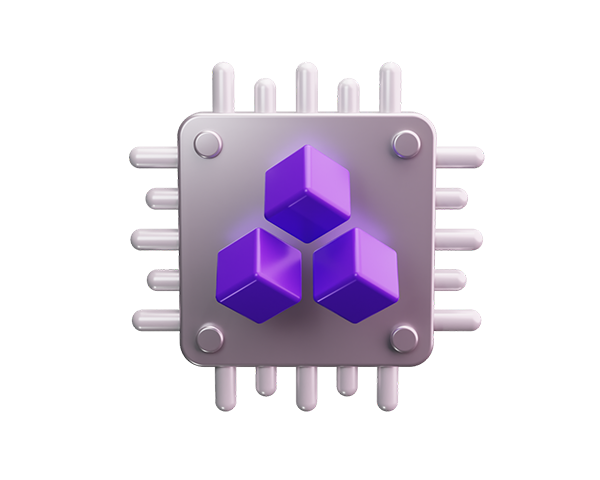Designing Enterprise Architectures for Seamless Resource Management
In today’s rapidly evolving digital landscape, many organizations are embracing hybrid multi-cloud strategies to optimize their IT infrastructure. This approach involves integrating and managing resources across multiple cloud environments and on-premises infrastructure, allowing enterprises to leverage the unique benefits of different cloud providers while maintaining flexibility and control.
One of the key advantages of a hybrid multi-cloud strategy is the ability to avoid vendor lock-in and distribute workloads across different cloud platforms based on specific requirements. This flexibility enables organizations to better address performance, security, and compliance needs while also optimizing costs.
Designing an effective hybrid multi-cloud architecture requires careful planning and consideration of various factors. Here are some key considerations for designing and implementing a successful hybrid multi-cloud strategy:
Assessment of Workloads: Before embarking on a hybrid multi-cloud journey, it’s crucial to assess the existing workloads and determine which applications or services are best suited for deployment in the cloud, and which are better kept on-premises. This assessment should consider factors such as performance requirements, data sensitivity, and regulatory compliance.
Integration and Interoperability: Seamless integration and interoperability between different cloud environments and on-premises infrastructure are essential for a successful hybrid multi-cloud strategy. This involves selecting the right tools, technologies, and architectural patterns to enable efficient communication and data exchange between disparate systems.
Security and Compliance: Security and compliance considerations are paramount in a hybrid multi-cloud environment. Organizations need to implement robust security measures and governance frameworks to protect data and applications across multiple cloud platforms while ensuring adherence to industry regulations and internal policies.
Resource Management and Optimization: Effective resource management is critical for maximizing the benefits of a hybrid multi-cloud strategy. This involves dynamic workload placement, auto-scaling, and utilizing cloud-native services to optimize resource utilization and minimize costs.
Orchestration and Automation: Orchestration and automation play a crucial role in streamlining the deployment and management of workloads across hybrid multi-cloud environments. Leveraging orchestration tools and DevOps practices can help standardize processes, improve efficiency, and enhance agility.
Monitoring and Performance Management: Comprehensive monitoring and performance management capabilities are essential for gaining visibility into the entire hybrid multi-cloud infrastructure. Proactive monitoring, performance tuning, and real-time analytics are vital for ensuring optimal performance and availability.
By carefully addressing these considerations, organizations can design and implement hybrid multi-cloud architectures that effectively meet their business needs and technical requirements. Embracing a hybrid multi-cloud strategy can empower enterprises to leverage the strengths of various cloud providers, optimize resource utilization, and enhance overall agility and resilience.


